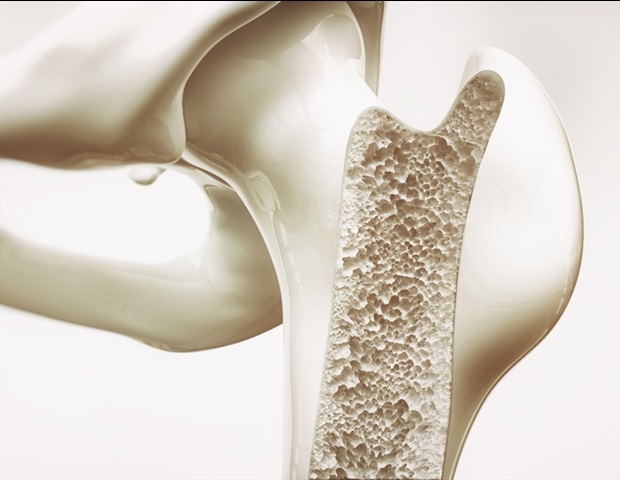
A groundbreaking study published on July 25, 2025, in the journal Aging has unveiled that components in young human blood serum can rejuvenate skin, but only with the presence of bone marrow cells. The research, led by Johanna Ritter and Elke Grönniger from Beiersdorf AG, highlights the critical role of bone marrow in supporting skin health and suggests new avenues for combating visible signs of aging.
The study, featured on the cover of Volume 17, Issue 7 of Aging, explores the influence of systemic factors in young human serum on human skin and bone marrow-derived blood cells. Using an advanced microphysiological co-culture system, researchers connected a 3D skin model with a 3D bone marrow model. They discovered that while young human serum alone was insufficient for skin rejuvenation, the presence of bone marrow cells enabled the serum factors to activate these cells, leading to the secretion of proteins that rejuvenated skin tissue.
Understanding the Mechanism
The research delves into how factors in blood serum, previously shown to influence aging in animal studies, affect human cells. The study found a significant increase in Ki67 positive cells in the dynamic skin model co-cultured with bone marrow and young serum, compared to the model with bone marrow and old serum. This indicates an improved regenerative capacity of the tissue.
“Interestingly, we detected a significant increase in Ki67 positive cells in the dynamic skin model co-cultured with BM model and young serum compared to the model co-cultured with BM and old serum, indicating an improved regenerative capacity of the tissue.”
Detailed analysis revealed that young serum stimulated the bone marrow to produce 55 proteins, with seven demonstrating the ability to enhance cell renewal, collagen production, and other youthful skin characteristics. These proteins improved cellular energy production and reduced signs of aging. Without the interaction between skin and bone marrow cells, these rejuvenating effects were absent.
Historical Context and Implications
This discovery sheds light on previous experiments in mice, where young and old animals sharing a blood supply experienced organ rejuvenation. It suggests that bone marrow-derived cells are essential messengers that convert blood signals into effects on other tissues, including the skin.
While the results are preclinical and not yet tested in human trials, they provide a foundation for new strategies in regenerative medicine and skincare. By identifying specific proteins that may carry rejuvenating signals, the study points to innovative ways to address age-related changes.
Future Directions and Expert Opinions
Experts in the field emphasize the need for further studies to confirm these effects in humans and to explore how these proteins can be safely and effectively used in future therapies. The research opens up possibilities for developing treatments that maintain healthier skin as people age.
Dr. Emily Thompson, a dermatologist not involved in the study, commented on its potential impact: “This research is a significant step forward in understanding the complex interactions between blood serum and skin health. It could revolutionize how we approach anti-aging treatments.”
The study’s authors stress the importance of continued research to validate these findings in human subjects and to refine the application of these proteins in clinical settings. As the field of regenerative medicine evolves, such discoveries may pave the way for more effective anti-aging solutions.
Overall, this research represents a critical advancement in understanding how young blood serum factors influence human tissue, potentially guiding the development of novel methods to maintain youthful skin as the population ages.






